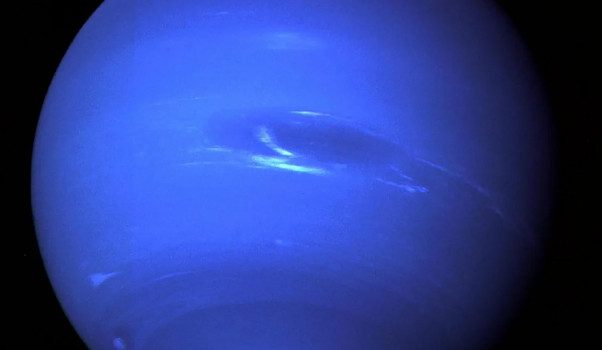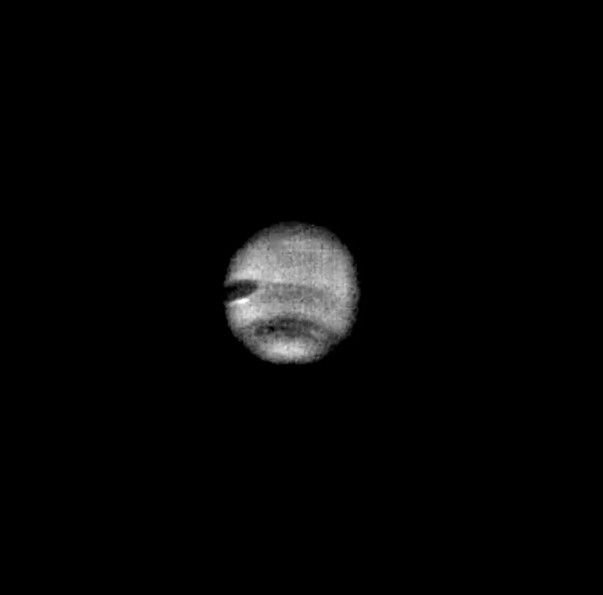
Thirty years ago, NASA’s Voyager 2 mission flew by Neptune, taking the first close-up images of the blue gas giant. Before then, our solar system’s eighth planet had been known only as a blurry dot in the background.
Voyager 2’s planetary tour ended on August 25, 1989, with a dazzling view of Neptune and its moon Triton. The images and scientific data returned by Voyager 2 would change our understanding of the solar system.
Voyager 2 remains the only spacecraft to have visited Neptune and Uranus.
Neptune has been found to have some of the fastest and coldest winds in the solar system.
The Voyager probes were launched in 1977. Together they visited Saturn, Jupiter and their moons. But then Voyager 2 had a unique opportunity.

Voyager 2’s view of Neptune from 35 million miles away.
“We had the opportunity to fly by Voyager 2,” Susan Dodd, Voyager program manager, told CNN. “Because of the planetary alignment when the probe launched in 1977, all four giant outer planets were lined up on the same side of the sun, so we could go from one to the next and then the next. It was a really great opportunity.”
This allowed the spacecraft to use the gravity from one planet to visit the next, allowing the Voyager program to visit four planets in four years. This alignment occurs only once every 176 years.
What has changed?
The fact that they were able to get so close to Neptune and photograph it gave new impetus to scientific discovery. They found a giant spot called the Great Dark Spot on the planet, similar to Jupiter’s Great Red Spot. But the event was fleeting, as it was no longer there when the Hubble Space Telescope looked four years later.


This image of Neptune was taken by Voyager 2 just before its closest approach on August 25, 1989. The “Great Dark Spot” – a storm in Neptune’s atmosphere – can be seen in the center of the image.
Neptune has been found to have some of the fastest and coldest winds in the solar system. Four rings have been found around the planet.
When Voyager 2 passed by Neptune’s moon Triton, scientists discovered that its orbit was upside down. Unlike Neptune’s other moons, which formed from the remains of Neptune’s demise, Triton was a captured body that was pulled into a retrograde orbit.


Triton, Neptune’s largest moon, has surprised scientists with its active surface.
During the trip, six additional moons were discovered.
Triton was the coldest object Voyager 2 had ever seen, reaching temperatures of minus 391 degrees Fahrenheit. The seemingly wild surface turned out to be geologically active, with geysers erupting from Triton’s frozen nitrogen ice.
Our understanding of the diversity of our solar system comes from the Voyager flybys.
Source: CNN

“Total alcohol fanatic. Coffee junkie. Amateur twitter evangelist. Wannabe zombie enthusiast.”





More Stories
Is this what the PS5 Pro will look like? (Image)
Finally, Windows 11 24H2 update significantly boosts AMD Ryzen – Windows 11 performance
Heart Surgeon Reveals The 4 Things He ‘Totally Avoids’ In His Life